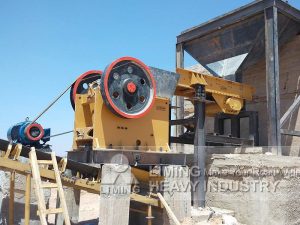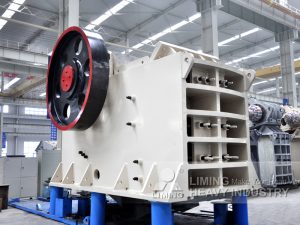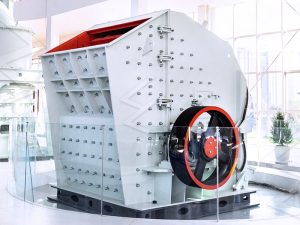As the workhorse of mines and gravel production lines, rock crushers' stable operation is directly related to the economic benefits of the entire project. However, in actual production, operators often encounter "alarms" of abnormal equipment vibration. This vibration can cause fasteners to loosen and noise to increase noise, or worse, it can cause bearing damage, frame cracking, and even serious safety accidents.
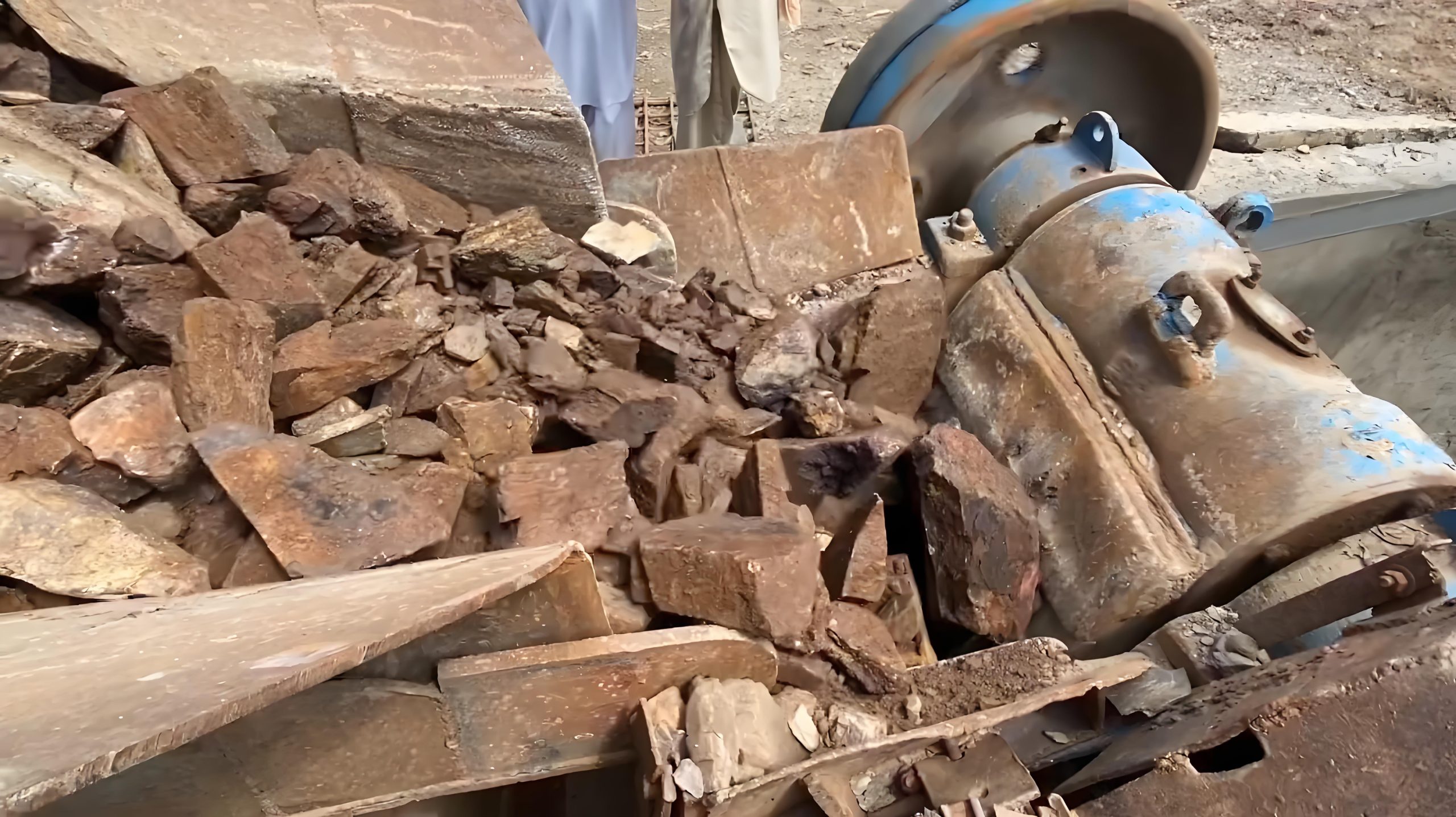
When a crusher begins to vibrate abnormally, do not ignore it. This article will guide you through four key systems, like a doctor's consultation, to identify the cause and find a solution.
First: Foundation and Installation - "A solid foundation is the prerequisite for stability."
Crushers are heavy equipment and generate tremendous impact forces during operation. If the foundation is unstable or improperly installed, vibrations will be greatly amplified.
Possible Causes:
Loose anchor bolts: Chronic vibration can loosen anchor bolts and nuts, creating gaps between the equipment and the foundation.
Foundation design or construction issues: Insufficient concrete foundation strength or thickness, or uneven ground settlement. Vibration damping device failure: For example, rubber springs, vibration damping pads, etc. may be aging, cracking, or damaged, rendering them incapable of providing a cushioning effect.
Troubleshooting and treatment steps:
Shutdown inspection: Immediately stop equipment operation to ensure safety.
Tighten bolts: Use a wrench or torque wrench to fully and symmetrically tighten all anchor bolts. Check for broken bolts; if any, replace with new bolts of the same specification.
**Inspect foundation:** Observe the concrete foundation for obvious cracks, damage, or sinking. Use a spirit level to verify that the equipment installation surface is level.
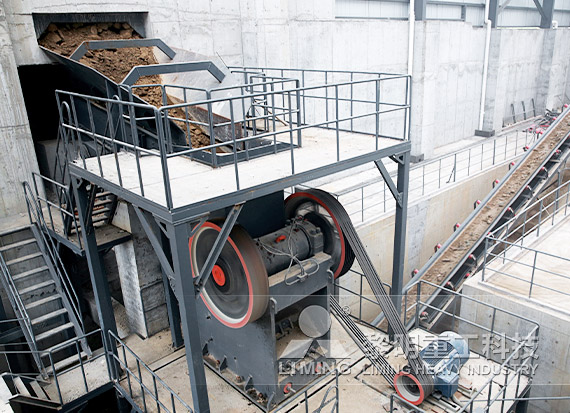
Replace vibration damping device: If signs of aging or deformation are found in the vibration damping springs or pads, replace the entire set immediately to ensure they meet equipment performance requirements.
Second aspect: Inside the crushing chamber - "Foreign matter jams are the number one culprit"
The crushing chamber is the "battlefield" where materials are crushed and is also the most prone to problems. Uneven material distribution or the intrusion of foreign matter can lead to uneven force between the moving cone and the mortar wall, resulting in severe vibration. Possible Causes:
Uneven or Excessive Feeding: Excessive feeding on one side causes uneven material loading, resulting in a "one-sided" crushing condition within the crushing chamber.
Uneven or Excessive Feeding: Excessive feeding on one side causes uneven material loading, resulting in a "one-sided" crushing condition within the crushing chamber.
Uncrushable Objects: Metal objects such as iron or manganese steel have entered the crushing chamber and become stuck between the moving cone and the mortar wall, preventing them from being crushed.
Troubleshooting and Treatment Steps:
Evaluate the Feeding Condition: Check the feeder's operating status to ensure that the material enters the center of the crushing chamber evenly, avoiding lateral or direct impact with the crushing wall.
Clearing the Blockage: If the blockage is caused by excessive feeding, stop feeding immediately and resume feeding after the material in the crushing chamber has been processed. If the material is sticky due to excessive moisture content, take appropriate measures to reduce the moisture content.
Stop the Machine to Remove Foreign Objects: If uncrushable objects are suspected to have entered, stop the machine immediately. Open the crushing chamber inspection window and use specialized tools (such as a hook or long pole) to remove the foreign object. Do not perform this operation while the equipment is running!
Check liner wear: Severely worn liners can alter the crushing cavity profile, affecting crushing efficiency and causing vibration. Check the wear of the movable cone liner and mortar wall and replace them promptly.
Third Aspect: Transmission Components - "Imbalance of rotating components is a direct source of vibration."
The condition of the crusher's core transmission components, such as pulleys, couplings, belts, and bearings, directly affects the equipment's stability.
Possible Causes:
Drive belt too tight or too loose: An overtight belt increases bearing load, while an overtight belt causes belt slippage, both of which can cause vibration.
Coupling misalignment: If the coupling connecting the motor to the crusher's main shaft is not properly aligned during installation, periodic vibration will occur.
Bearing damage or poor lubrication: Pitting or spalling of the shaft ball or raceway, insufficient lubrication, or grease contamination can cause unstable bearing operation, resulting in vibration and abnormal noise.
Troubleshooting and Treatment Steps:
Check the belt: Adjust the belt tension to the standard range. Check the belt for signs of aging, cracking, or uneven wear, and replace if necessary.
Calibrate Coaxiality: Use a dial indicator or other specialized tool to re-measure and adjust the coaxiality between the motor and the crusher's main shaft to ensure the error is within the allowable range.
Diagnose Bearings:
Listen: Use a stylus or screwdriver to touch the bearing seat and listen for a regular rustling sound or unusual clicking noises.
Temperature Measurement: Use a thermometer to check for abnormally high bearing temperatures.
Lubrication: Check that the grease is sufficient and clean, and add or replace it regularly and in the correct amount according to equipment requirements.
If bearing damage is confirmed, replace the entire set immediately.
Fourth Aspect: Motor and Electrical - "The health of the power source cannot be neglected."
As the "heart" of the crusher, faults in the motor itself can also transmit vibration signals.
Possible Causes:
Motor Rotor Unbalance: After long-term operation, the motor rotor may become deformed or become attached to foreign matter, resulting in uneven mass distribution. Motor Bearing Damage: Similar to the crusher's main shaft bearings, motor bearing damage can directly cause vibration in the motor and the entire equipment.
Electrical Issues: Three-phase voltage imbalance or incorrect motor wiring can also cause unstable motor operation.
Troubleshooting and Corrective Actions:
Power-Off Inspection: After completely disconnecting the equipment from power, inspect the motor rotor for any visible debris or deformation.
Professional Inspection: If rotor imbalance or motor bearing damage is suspected, contact a professional electrician or maintenance technician for a dynamic motor balance test or bearing replacement.
Voltage Measurement: Use a multimeter to measure the three-phase voltage balance at the motor input terminals and verify that the wiring is secure and correct.
In short, prevention is better than cure. Abnormal vibration in a rock crusher is a complex and comprehensive issue. However, by following the principle of "external to internal, from simple to complex" and systematically investigating four aspects—the foundation, crushing chamber, transmission components, and motor—we can usually identify the root cause.
Daily Prevention Recommendations:
Regular Inspections: Establish an equipment inspection system and check the oil level, temperature, abnormal noise, and vibration daily. Standard Operation: Strictly follow operating procedures for feeding, starting, stopping, and lubricating.
Regular Maintenance: Develop a sound maintenance plan and promptly replace wearing parts and lubricants.
Liming Heavy Industry has a professional after-sales service team. If you encounter any questions about the crusher, please feel free to contact us online.

